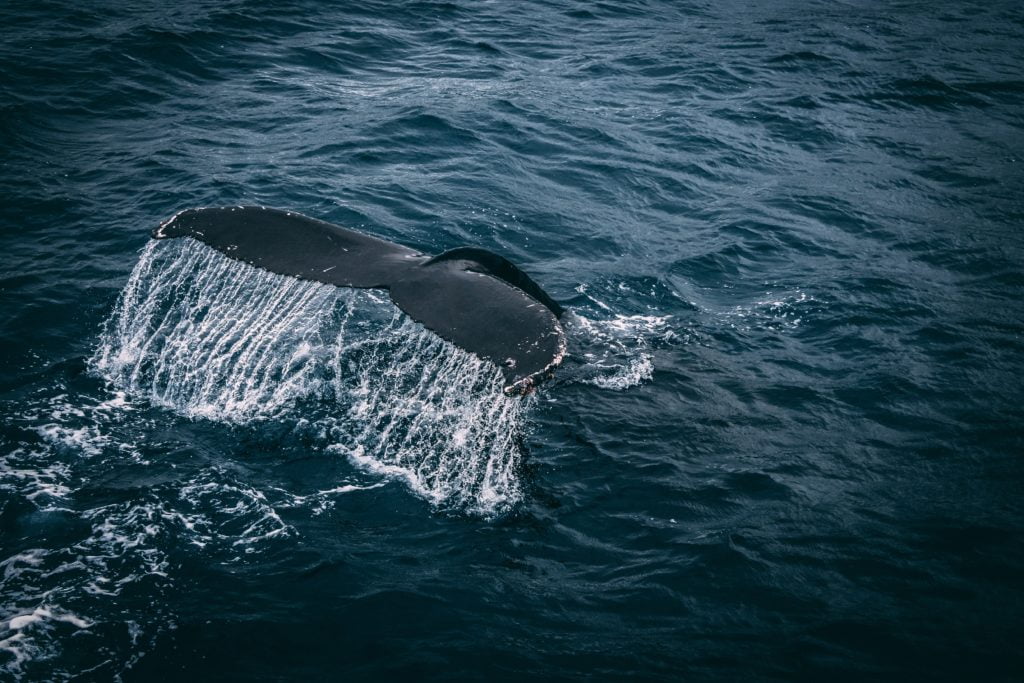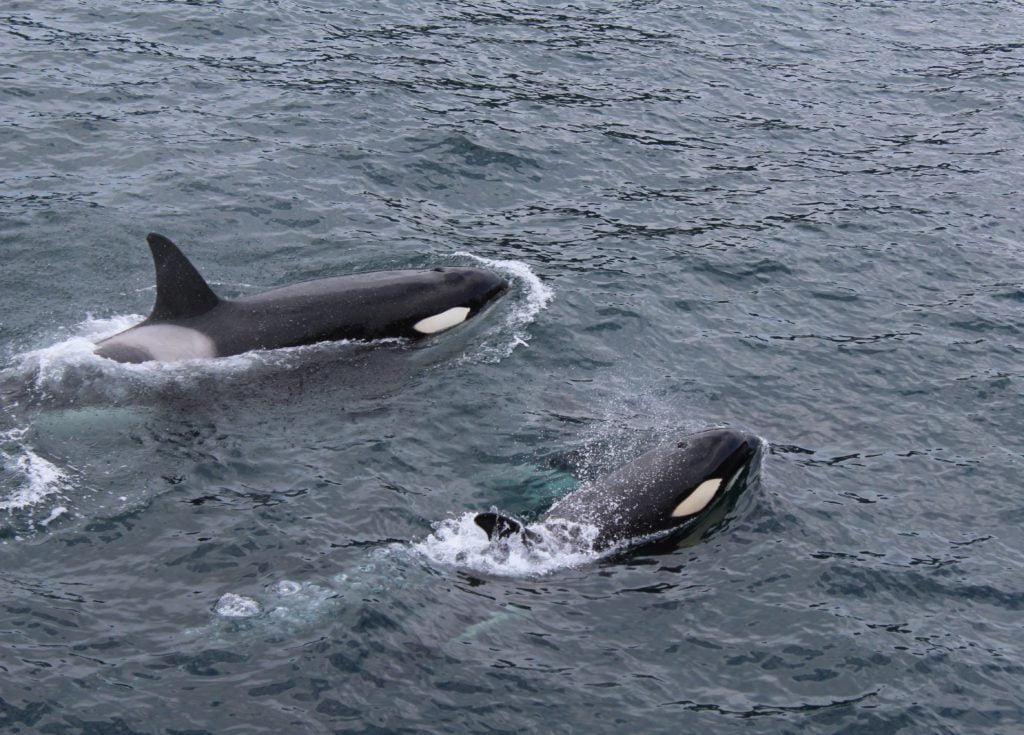As millions of school age children transition their education to home classrooms in the wake of the devastating COVID-19 global pandemic, Schmidt Ocean Institute has assembled a wealth of free online science resources for parents and teachers.

Schmidt Ocean Institute’s compilation of online educational videos and educational resources, drawn from the world’s leading universities and science organizations–like NASA, the National Oceanic and Atmospheric Administration (NOAA), and Western Australian Museum — are designed to help students gain an understanding of, and appreciation for, the ocean, its role in the world, and the latest technology that is facilitating marine exploration.

Available here resources include downloadable lesson plans, posters, videos and interactive exercises for K-12 students like this comic on mapping the seafloor. The lessons cover topics from robotics and engineering to marine biology and underwater topography. Lessons help students learn about underwater mapping and how it’s used to understand the deep sea floor. Some video resources are also available in Spanish.
In addition, Schmidt Ocean Institute is livestreaming never-before seen footage from the research vessel Falkor, as its underwater robot explores the underwater Ningaloo Canyons off Western Australia–the first time countless species and novel fauna have been viewed in this deep sea region. The only year-round seagoing philanthropic research vessel in the world, the 82-meter ship is owned and operated by the Schmidt Ocean Institute, a philanthropic non-profit organisation established by Eric and Wendy Schmidt in 2009 to advance oceanographic research.

Schmidt Ocean Institute has already hosted several live interactions with the research team aboard Falkor highlighting how the ROV pilots operate their 4,500 meter underwater robot and how they obtain their underwater images that are used for science. Other live interactions with researchers on board the ship are scheduled for Wednesday, April 1 and Saturday, April 4 at 11 am EST and will focus on how scientists work in the lab on a ship, insights into life at sea, and the latest scientific findings. All live streams and connections can be viewed on Schmidt Ocean Institute’s You Tube channel, Facebook page and website. Additionally, Artist-at-Sea cartoonist Lucy Bellwood will do a live reading of SOI’s comic, “Mappin’ the Floor” on Friday, April 10 at 10 a.m. PST.
To sign up for live connections with the ship, ask scientists questions, and download expedition-based research lesson plans, visit schmidtocean.org.
Falkor is on a year-long initiative to conduct seven science expeditions along all four sides of the Australian continent. The footage and samples collected will have important implications for the sustainability and protection of these underwater ecosystems.
The current expedition, led by Dr. Nerida Wilson from the Western Australian Museum, began in Fremantle on March 8 and is currently scheduled to continue through April 8. On board are scientists from the Western Australian Museum, Geoscience Australia, Curtin University, and Scripps Institution of Oceanography The science team is using underwater robot SuBastian to collect 4K video and implement cutting-edge sampling techniques from the deep sea. This will allow the research team to get a more complete picture of the biodiversity of this unique environment. The team has uploaded footage of deep sea organisms they have found already.
Schmidt Ocean Institute also put out a call on social media for science organisations to share resources for students under #SchoolsOutScience. So far, more than 30 science organisations and scientists have shared resources.

Schmidt Ocean Institute was created by Eric and Wendy Schmidt in 2009 to enable research that expands understanding of the world’s ocean using advanced technology, intelligent observation, and the open sharing of information. Each year, the organisation invites select scientific teams from around the world to carry out collaborative oceanographic research and technology development aboard its 272-foot research vessel Falkor, launched in 2012. More information at www.schmidtocean.org.


2 comments